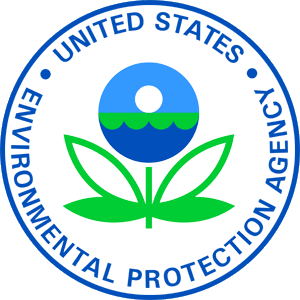America's Water Infrastructure Act signed into law
- October 28, 2018
- Posted by: administrator
- Category: Water Issues, North America

America’s Water Infrastructure Act (AWIA) requiring community (drinking) water systems serving more than 3,300 people to develop or update risk assessments and emergency response plans (ERPs) has been signed into law this week.
The law specifies the components that the risk assessments and ERPs must address, and establishes deadlines by which water systems must certify to Environmental Protection Agency completion of the risk assessment and ERP.
Each community water system serving more than 3,300 persons must submit to the EPA Administrator a certification that the system has conducted a risk and resilience assessment in accordance with the Act prior to—
March 31, 2020, in the case of systems serving a population of 100,000 or more;
December 31, 2020, in the case of systems serving a population of 50,000 or more, but less than 100,000; and
June 30, 2021, in the case of systems serving a population greater than 3,300, but less than 50,000.
Each community water system serving more than 3,300 persons must also certify its completion of an emergency response plan as soon as reasonably possible, but no later than six months after certifying completion of its risk and resilience assessment.
For purposes of compliance with the AWIA, the EPA interprets the population served to mean all persons served by the system directly or indirectly. As a result, community water systems should determine their population served based on the number of people the system serves directly, plus the number of people served by any consecutive community water systems.
Accordingly, a community water system that provides drinking water to consecutive community water systems (i.e., a “wholesaler”) must include the population served by those consecutive systems when determining its total population served.
Risk and Resilience Assessments
The requirements for risk and resilience assessments stipulate that each community water system serving a population greater than 3,300 persons must assess the risks to, and resilience of, its system, including:
- the risk to the system from malevolent acts and natural hazards;
- the resilience of the pipes and constructed conveyances, physical barriers, source water, water collection and intake, pretreatment, treatment, storage and distribution facilities, electronic, computer, or other automated systems (including the security of such systems) which are utilized by the system;
- the monitoring practices of the system;
- the financial infrastructure of the system;
- the use, storage, or handling of various chemicals by the system; and
- the operation and maintenance of the system.
The assessment may also include an evaluation of capital and operational needs for risk and resilience management for the system.
Emergency Response Plans
No later than six months after certifying completion of its risk and resilience assessment, each system must prepare or revise, where necessary, an emergency response plan that incorporates the findings of the assessment, including:
- strategies and resources to improve the resilience of the system, including the physical security and cybersecurity of the system;
- plans and procedures that can be implemented, and identification of equipment that can be utilized, in the event of a malevolent act or natural hazard that threatens the ability of the community water system to deliver safe drinking water;
- actions, procedures, and equipment which can obviate or significantly lessen the impact of a malevolent act or natural hazard on the public health and the safety and supply of drinking water provided to communities and individuals, including the development of alternative source water options, relocation of water intakes, and construction of flood protection barriers; and
- strategies that can be used to aid in the detection of malevolent acts or natural hazards that threaten the security or resilience of the system.
